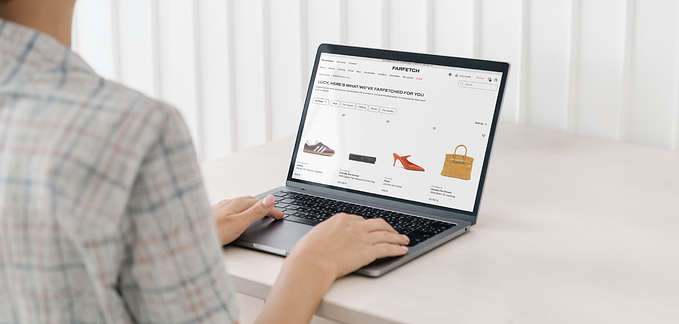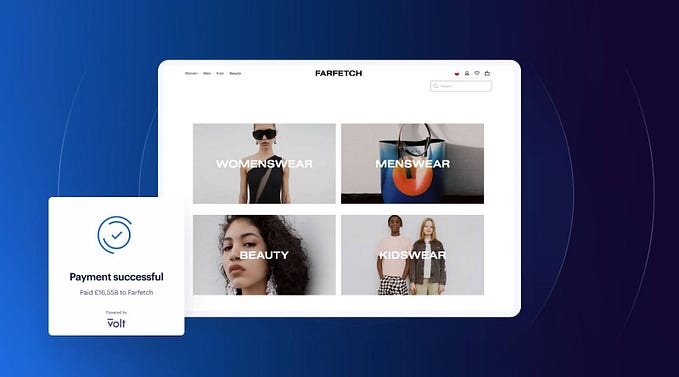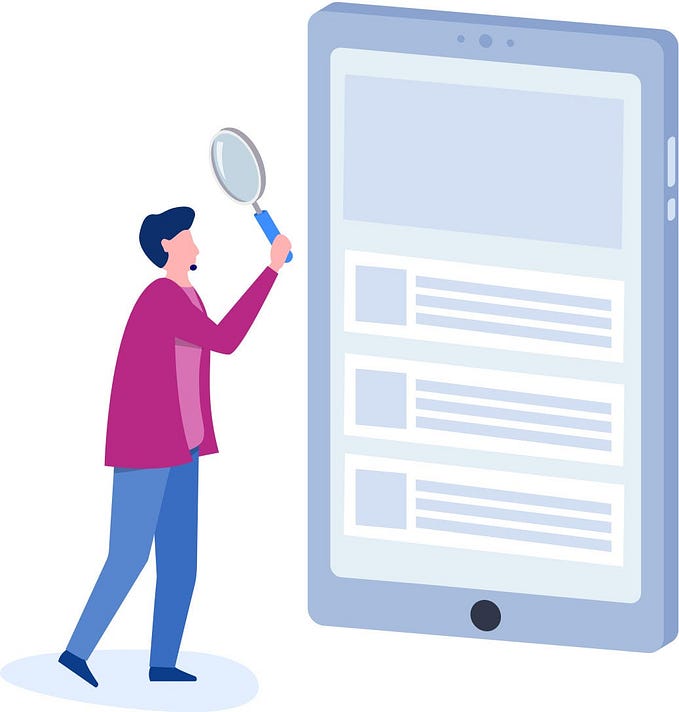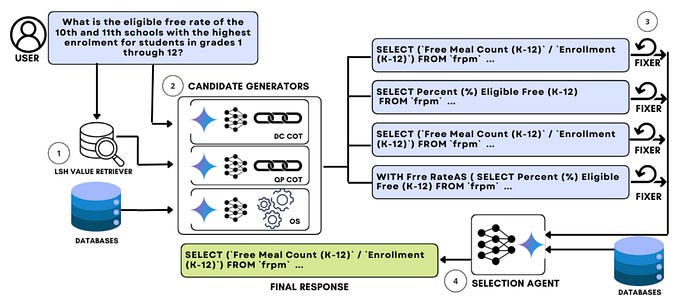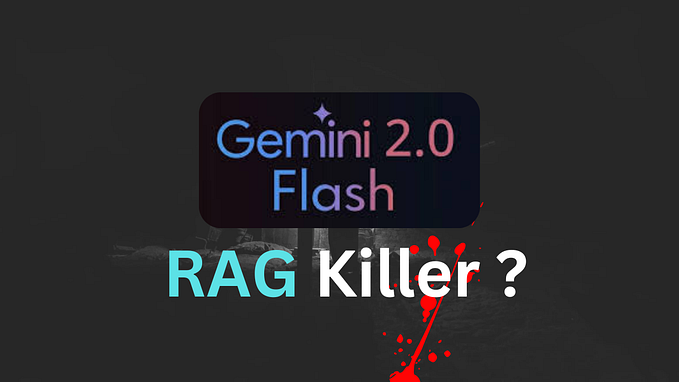How using a design thinking framework can strengthen grant applications
At a workshop I ran recently that focused on grant funding application writing, only a few people had heard of design thinking and none of them had considered applying it to their grant funding application.
Design thinking can strengthen grant funding application and here’s why.
Design thinking is a process that looks to develop solutions to problems. There are a few different models for design thinking such as the Design Councils’ Double Diamond and IDEO’s 6-step process. You can see a blog post we wrote about these models on our website here.
At Snap Out, we believe that design thinking is a methodology that can strengthen grant applications, particularly those for product development for new and innovative technologies or products looking to disrupt markets.
Design thinking helps de-risk product development because it a process that enables product managers and product developers to go through, to understand the user’s problem and ensure that their product meets actual user needs. Alongside user research, market research can provide information on market opportunities.
A typical grant application includes areas such as demonstrating market need and the user problem that will be solved by the product. These areas can be explored to some extent when writing the application but in much more depth during the project itself in the ‘Discovery’ period. Here’s an example of how design thinking can frame a grant application.
///
When applying a design thinking framework to grant funding, the work packages can look something like this, based on Design Council’s Double Diamond approach:
Work Package 1: Discover
- User and market research here to look at customer behaviour and the bigger picture in terms of market trends, competition and social norms that may impact on individual buying behaviour.
- Understand the market opportunity in more depth — what are the possible markets and how they are behaving.
Work Package 2: Define
- Digest and synthesise the insights from Discover
- Ideate to look at different product concepts or different ways to develop the current product to meet user needs
Work Package 3: Develop
- Prototypes, wireframes or mock-ups can be used to test ideas with users
- Minimal Viable Products could be developed and tested with users
- Possibly more user research
Work Package 4: Deliver
- Build the product
- Usability testing of the product to ensure it is functional and meets users needs
- Launch the product and measure it using metrics
- Evaluate the impact of the product or service in a real-life environment
- Insights here may lead you to go back to Discover or Develop
///
Generally, there are three types of grant projects. Grant funding is not used to build a business in terms of financing salaries and a team — a business loan may be better placed to do that. Grant funding is there to help you develop a product or service for it to be more competitive and innovative, a grant has a purpose and a clear aim.
- Proof-of-concept: Let’s test ideas and assumptions. This is typically research-heavy (WP1 and WP2).
- Feasibility: Can the product or service be successful achieved? Is it going to work? This is typically research and development (WP1–4) where a working Minimal Viable Product may be the end output.
- Industrial research: Does the product meet user needs in a real-life environment? (WP1–4) Here, a working product is evaluated in a ‘test-bed’, or an actual real-life setting to see if it works as it is has been designed to work and be used.
///
Get in touch if you want us to help you with grant applications and deliver research and evaluation services: email me at c.sharp@snapout.co.uk or book a quick chat here.

